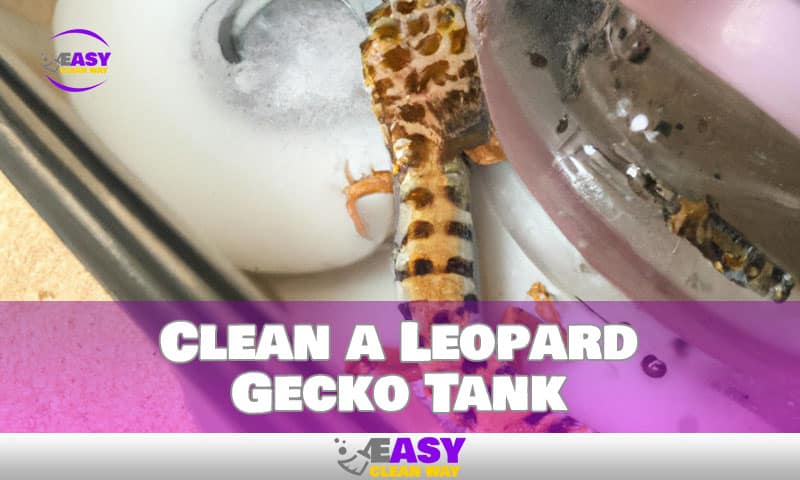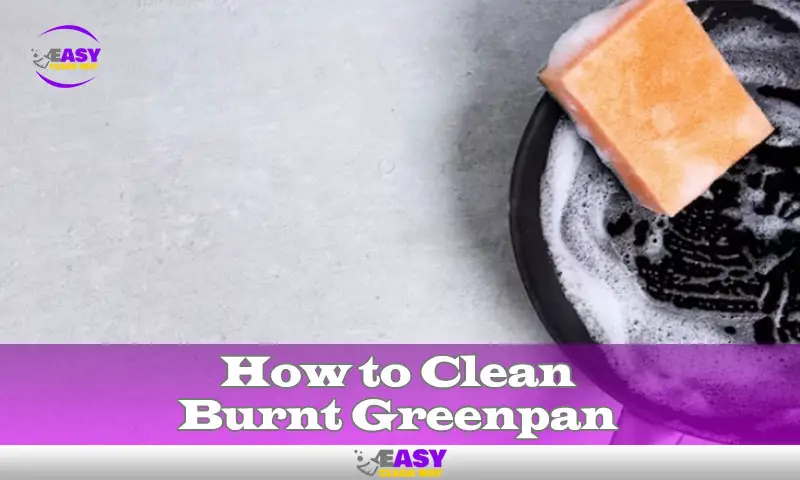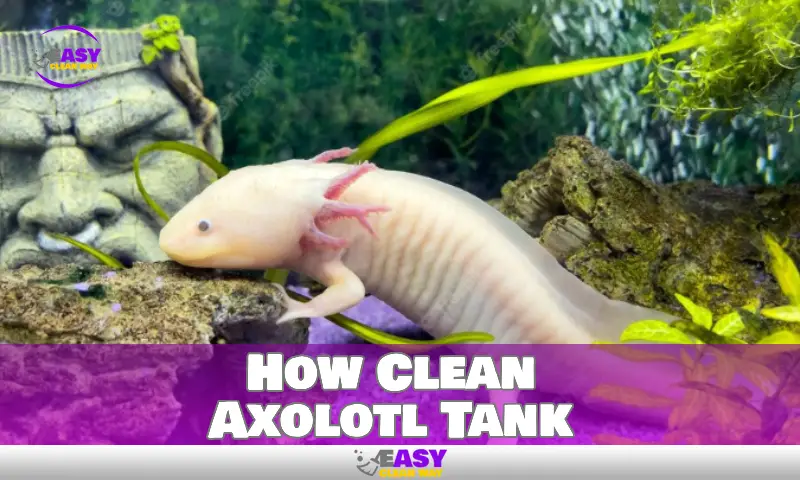Are you a proud leopard gecko owner? Then you know cleaning their tank is an essential part of keeping your scaly friend happy and healthy! Whether you’re new to the world of leopard geckos or you’re just in need of a quick refresher, learning the basics of how to clean your pet’s tank can be equally important.
Different items require different cleaning techniques. Fortunately, maintaining a leopard gecko aquarium isn’t too difficult. Here, we go over everything you need to know to keep your tiny reptile friend’s house spotless. We take care of everything, from cleaning the substrate to washing off rocks and hides to getting rid of bacteria and parasites on your cat.
Essentials for Cleaning a Leopard Gecko Tank
Picturing yourself cleaning a leopard gecko tank may bring visions of a time-consuming and laborious endeavor, but picking up the right cleaning supplies can make all the difference. Having a cleaner tank not only looks better, but it also helps keep your pet healthy and happy.
To begin with, clean the tank with a solution of white vinegar and water. A great natural cleaner that can assist get rid of any accumulated filth or grime is vinegar. To completely clean the tank and get into all the tight spaces, you will also need a mix of water and dish soap.
Once everything is washed, you will want to take a soft cloth with warm, soapy water to wipe down the tank. A sponge can also be used if you need to get it extra clean. Be sure to avoid harsh cleaners like bleach, as these can be harmful to your leopard gecko and its environment.
Steps to Disinfect the Tank
If you want to make sure your leopard gecko’s tank is nice and clean, the best way is to give it a deeper clean using disinfectants or natural cleansers.
For disinfecting the tank, Choose a natural disinfectant or cleanser safe for reptiles, like vinegar or Simple Green. A vinegar and water combination is the most typical cleaning agent for reptile enclosures. Both hydrogen peroxide and vinegar can be used to clean the tank’s glass doors.
Make sure to read the instructions on any product before using it. For example, some products may require you to rinse off after applying and before setting up your tank again. Once the solution has been applied, wipe down surfaces with a cloth and allow them to air dry before proceeding with the setup process.
Substrate Solutions – Choosing the Right Material
When it comes to choosing the right substrate material for your leopard gecko’s tank, there are a few things you have to consider. Different types of material exist, and understanding the differences can help you determine which is best for your gecko.
Different Types of Substrate Materials
The most common types of substrate materials used in leopard gecko tanks are peat moss, vermiculite and coconut fiber, each with their own pros and cons. Vermiculite keeps a high level of moisture and retains heat but is less affordable than peat moss; finally, coconut fiber holds moisture better than peat moss while retaining some heat but is known to be one of the more expensive materials. Peat moss is an affordable option but does not retain moisture well—a necessity for hot climates—and is known to compact over time.
Substrate Material Affects PCB Performance, Durability and Cost
It’s important to consider the material’s impact on printed circuit board (PCB) performance, durability and cost when making a substrate choice. Poorly chosen substrates can cause static electricity in component assembly processes as well as make components prone to wear or even fail during use. Choosing a good substrate material can ensure higher end product quality, lower production costs and fewer quality issues down the road.
PCB Material Selection Enables Smarter Designs and Better Performance
When selecting a substrate material for your leopard gecko’s tank, it’s important to understand how it affects PCB performance overall. By understanding the differences between different materials, you can make an educated decision that will help you achieve smarter designs with better performance.
Caring for Leopard Gecko Hygiene
Maintaining good cleanliness is crucial to the happiness and health of your leopard gecko. Once a week or so, give the cage a thorough cleaning with warm water and reptile disinfectant. Also, you must give it a complete cleaning at least once every month, which include cleaning the vivarium, furniture, and all of its contents.
How To Clean The Cage
Cleaning the cage isn’t that hard—you can start by taking out everything possible from inside the vivarium, including decorations and furniture. Make sure to keep track of everything so you can later put them back in their place and get rid of any built up waste.
Next, fill a bucket with warm water, add some reptile disinfectant and start wiping down tiles and shelves with a damp cloth. When you’re done cleaning the cage completely make sure it’s completely dry before adding any new decorations or furniture back into the tank.
Cleaning The Food/Water Bowls
The food bowls should be cleaned with warm water and reptile-friendly disinfectant regularly. Don’t forget that Leopard Geckos are especially prone to bacterial contamination so paying attention to their basic needs will help keep them healthy!
To prevent the accumulation of organic matter, the water bowl needs to be cleaned twice weekly and emptied daily (like waste). To ensure that they are always drinking fresh water, it’s a good idea to replace the water about every other day.
How Often Should You Clean the Tank?
Cleaning the tank isn’t a one-time thing; it’s a regular task. You’ll need to do spot cleanings every day and a thorough clean every 2-4 weeks to help keep your leopard gecko healthy and happy. Spot cleaning involves pulling out any waste you find on the floor of the tank.
It’s also important to replace the paper towel substrate at least once a week. This helps reduce the spread of bacteria, keeps the tank looking and smelling fresh, as well as reducing shedding from your leopard gecko.
Whenever you do a thorough clean, make sure you take out all of your leopard gecko’s hides and accessories for an extra scrub down. If soap and warm water aren’t available, use a reptile-safe cleanser like Zoo Med ReptiSafe Water Conditioner or Eco Earth Reptile Bedding Conditioner, which doesn’t contain harmful chemicals or toxins, to ensure that everything is completely clean.
Tips to Keep the Tank Clean and Sanitized
You should use the proper cleaning supplies and pay close attention to the instructions when cleaning your leopard gecko tank. The following advice can help you keep your tank sanitary:
Bleach Solution
Using a 10% bleach solution with water is an effective way to sanitize tanks, but it’s important to note that this can leave a strong odor behind. Make sure you rinse the tank afterward with clean water and let it air dry before introducing your beloved pet back into it!
Dish Soap Solution
Another way to clean the terrarium is by making a solution of water and dish soap, which can be used to thoroughly wash the tank. Once scrubbed down with this solution, be sure to rinse the terrarium afterward.
Vinegar
Vinegar is a natural disinfectant that is relatively safe to use in and around the terrarium, though you should never use it on living things such as your Leopard Gecko. It’s important to remember that vinegar should always be diluted with water before adding it into the tank.
People Also Like: Keeping Focus v Carta Clean and Ready for Use
Conclusion
Cleaning a leopard gecko tank is an essential part of keeping your pet healthy and happy. Even if you don’t have a lot of experience with leopard geckos, it doesn’t take much effort to get the basics down. By following the steps outlined in this article, you’ll be well on your way to being a gecko mommy and successfully cleaning your tank.
Once you understand the fundamentals, there are a few more things you can do to maintain the cleanliness of your gecko’s house. It is worthwhile to make the extra effort to keep the tank and all of its accessories clean in order to keep your pet comfortable and healthy. Your pet will be residing in a clean, secure facility with routine upkeep.
Hey there! I’m Alton Smith, your Clean Expert blogger. I’m on a quest to help you conquer chaos and embrace the joys of a tidy life.





